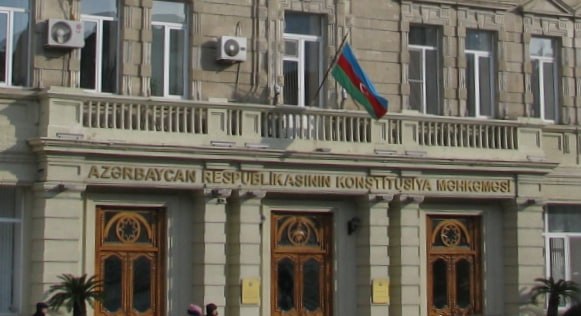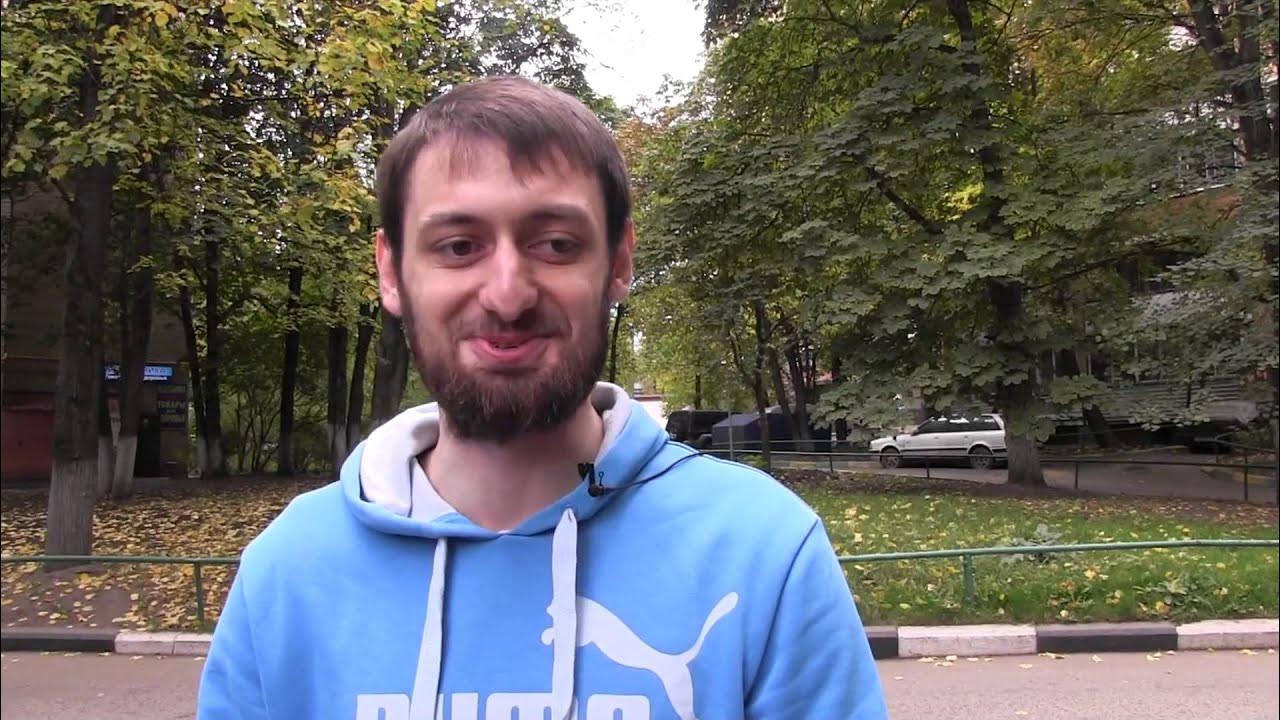In Ingushetia, the bill "On the ban on perpetuating Stalin's memory" was secretly withdrawn from consideration. The local parliament passed it in its first reading in 2017, on the eve of the 73rd anniversary of the deportation of the Ingush and Chechens. Deputies proposed banning the installation of monuments to Stalin, naming cities, villages, and streets after him, and displaying his portraits in a favorable context. Read more in our video.

On May 3, the press service of the Russian president reported that the Kremlin was attacked by two drones. After this, regional leaders, one after another, began to introduce bans on the use of drones. Legislative and technological measures have been added to administrative measures, but UAVs continue to fly over Russian territory.
Two drones aimed at the Kremlin were disabled “as a result of timely actions taken by the military and special services” using radar warfare systems, Vladimir Putin’s press service said. The President was not injured. The Kremlin blamed Kyiv and the United States for the attack, and the Investigative Committee opened a case of terrorism.
Ukrainian President Vladimir Zelensky said that Ukraine was not involved in the attack: “We are fighting on our own land and defending our villages and cities. Even for this we do not have enough weapons. That’s why we don’t use it anywhere else.”
Nevertheless, reports of combat drones over Russia continue to arrive. On May 3, a tank with petroleum products at the Tamanneftegaz base caught fire in the Krasnodar Territory. According to TASS, the cause of the fire was the fall of a drone.
On the night of May 4, after a drone attack, a fire broke out at the Novoshakhtinsky oil products plant in the Rostov region. Later, debris from a fallen drone was found in the Oktyabrsky district. The Ilsky oil refinery in the Krasnodar region was attacked by a UAV and burned twice - on May 4 and 5.
From May 21 to June 25, 2023, drone attacks in Russia were reported daily. The most massive attack was on May 30 in the southwest of Moscow. Some of the drones were shot down during approach, but three of the drones caused damage to residential buildings.
The mayor of Moscow was the first regional head to introduce a ban on the launch of drones in Moscow. “The decision was made to prevent the unauthorized use of UAVs, which could hamper the work of law enforcement agencies,” explained Sergei Sobyanin. They responded to him in St. Petersburg and in 40 other regions of Russia.
On May 18, the State Duma began considering amendments to the law that would expand the powers of law enforcement agencies in the fight against unauthorized UAVs. The initiator of the bill, Alexander Khinshtein, intends to introduce amendments to the second reading that will expand the list of law enforcement agencies that have the right to “stop” the movement of drones: the Ministry of Emergency Situations and the courier service will be added to the police, the FSB, the Russian Guard, and departmental security.
At the end of April, the Main Radio Frequency Center (GRFC) posted a number of tenders on the government procurement portal for the purchase of equipment for determining geolocation, technical radio monitoring systems, antennas, radio network and spectrum analyzers for branches in Crimea, Sevastopol and Rostov-on-Don. The total cost of purchases is 1.77 billion rubles. GRChTs is a structure subordinate to Roskomnadzor. According to experts, the purchased equipment has a dual purpose: on the one hand, it will provide high-quality mobile network coverage, on the other, it can be used to identify drone operators. Electronic warfare equipment not only picks up radio signals from copters, but also determines where they are launched and controlled. As Forbes writes, “with proper placement, this equipment allows us to solve the issue of UAV arrivals in Russia by more than 80%.”



